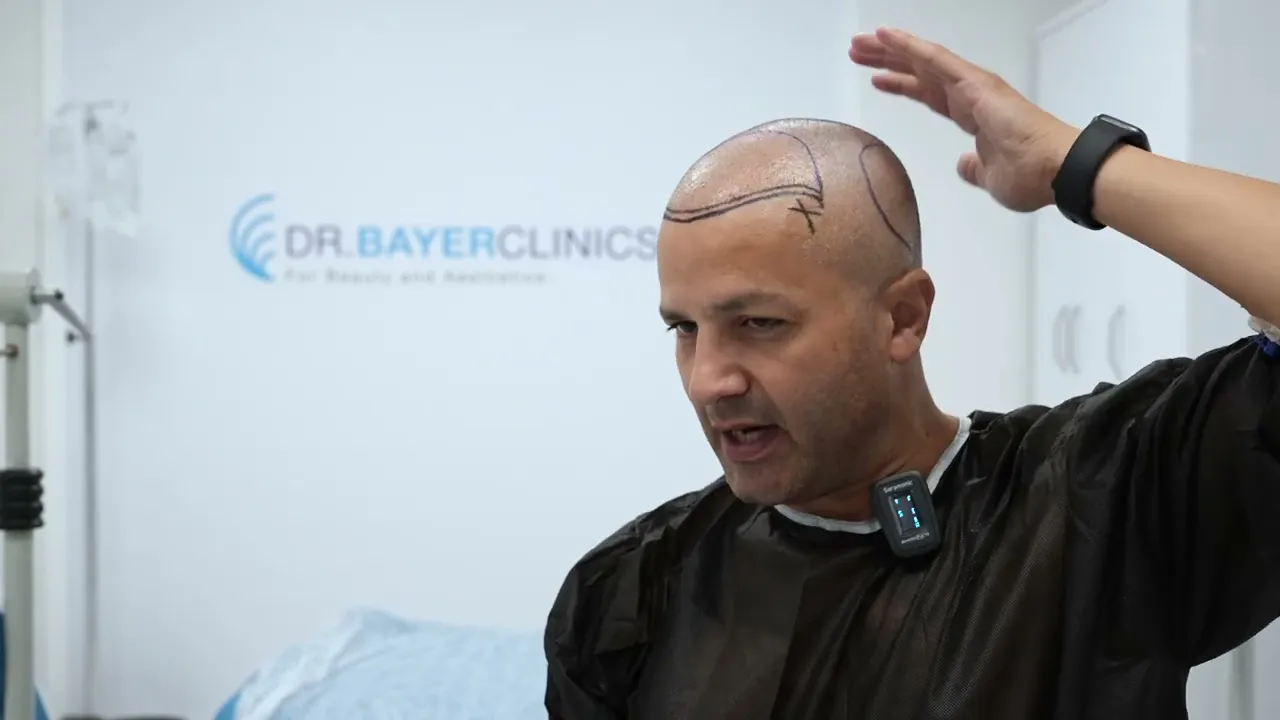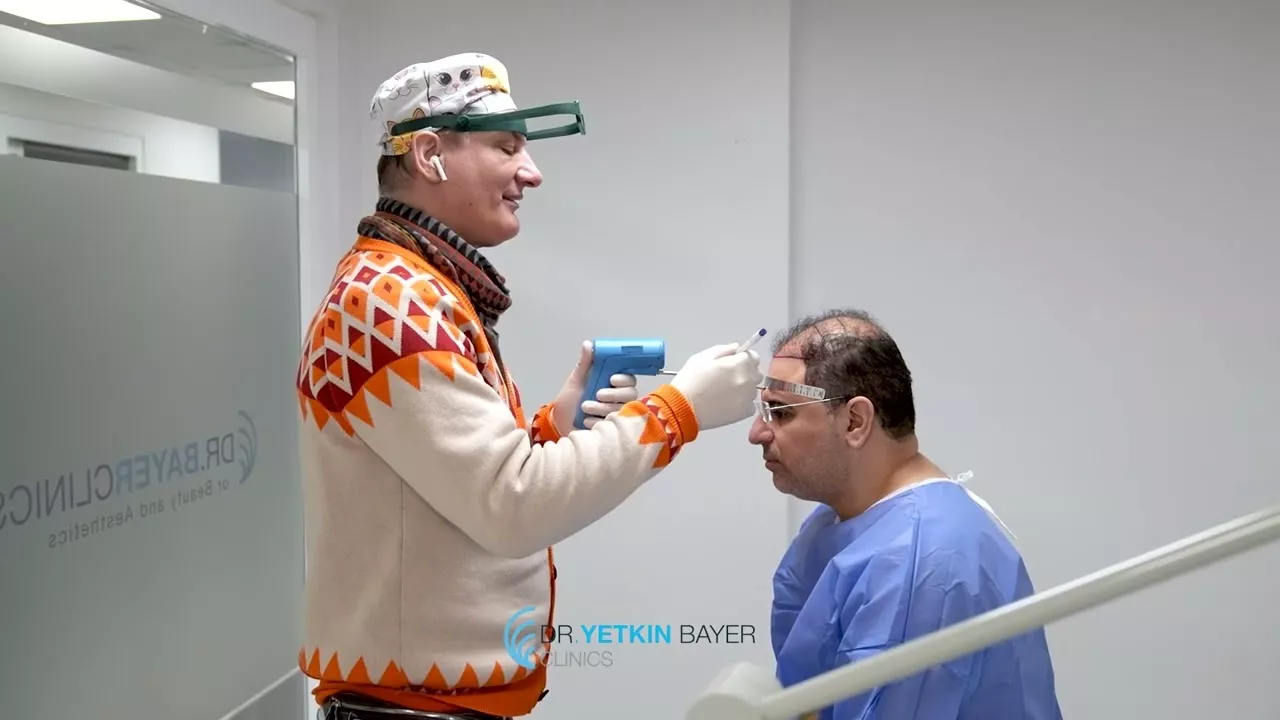If you’re a doctor, a nurse, or a technician reading this, you’re probably wondering, “How do I get hair transplant training?” You’re seeing the financial potential, sure, but maybe you’re also drawn to the craft. Because that’s what it is a craft.
We’ve been in and around this field for years, and let me tell you, the difference between a “plug-and-plant” hack and a true hair restoration artist comes down to one thing: training.
But what does that training actually look like? Is it a weekend course? A multi-year fellowship? Can you learn it online? Let’s cut through the marketing noise and talk about what it really takes to become a professional in this game.
What is Hair Transplant Training?
Hair transplant training is a professional program that teaches medical practitioners how to perform hair restoration procedures effectively and safely. These courses cover both theoretical knowledge and hands-on practice in techniques like FUE (Follicular Unit Extraction) and FUT (Follicular Unit Transplantation). Training includes patient evaluation, graft extraction, implantation, post-operative care, and managing complications.
Programs are typically led by experienced hair transplant surgeons and may offer live surgeries or simulation-based modules. Ideal for dermatologists, plastic surgeons, or aesthetic doctors, this training helps ensure consistent, natural-looking results. With growing demand for hair restoration, certified training enhances career opportunities in cosmetic medicine. Duration and cost vary depending on the institution and course depth.

Why Choose Hair Transplant Training?
The “why” is pretty compelling.
- Massive (and Growing) Demand: The market is enormous. We’re talking billions of dollars globally. This isn’t a fading trend; it’s a core part of the modern aesthetics industry.
- Financial Reward: Let’s be blunt. It’s a lucrative specialty. Skilled surgeons and technicians are in high demand and are compensated extremely well for their precise, delicate work.
- Profound Job Satisfaction: This is the one people don’t talk about enough. You are literally changing lives. You’re giving people back the confidence they thought they’d lost forever. Watching a patient see their new hairline for the first time is a feeling that’s hard to beat.
- It’s a Craft: For the detail-oriented person, this is a dream job. It requires patience, precision, and an artistic eye. If you’re the kind of person who loves meticulous, focused work, you’ll thrive.
Who Can Take Hair Transplant Training Courses?
This is where the rules get a little fuzzy and vary wildly by country. It’s not a free-for-all. The industry generally has a few tiers of professionals:
- Surgeons (MDs, DOs): This is the top tier. Dermatologists, plastic surgeons, or general surgeons are the only ones who should be making incisions, designing the hairline, and leading the entire procedure. In most Western countries, only a licensed physician can legally perform the surgery.
- Physician Assistants (PAs) and Nurse Practitioners (NPs): In many places, PAs and NPs can perform large parts of the procedure under the direct supervision of a physician. They are often heavily involved in harvesting grafts and implantation.
- Registered Nurses (RNs) and Technicians: This is the backbone of the industry. Technicians are the specialists who often spend the most time on the patient. They are masters of the micro-level tasks: graft extraction, graft preparation (this is critical), and graft implantation.
So, “who can take the training?” Lots of people. But “who can legally do what?” That depends entirely on your medical license and your local laws. A good training program will be very clear about this.
Key Skills You Will Learn in Hair Transplant Training
The hair transplant training teaches essential skills like graft extraction, implantation, patient assessment, and managing post-operative care.
You will learn how to perform FUE and FUT techniques with precision and maintain natural hairline design. The course includes donor area management, anesthesia application, and proper graft handling to maximize survival rate. Hands-on practice improves hand–eye coordination and confidence in real clinical settings.
Trainees also gain knowledge of sterilization protocols, pain control, and complication prevention. Communication and consultation skills are emphasized to build trust with patients. These key competencies are crucial for delivering safe, effective, and aesthetically pleasing hair restoration results. Training prepares you for a professional career in aesthetic medicine.
Types of Hair Transplant Techniques Covered in Training
Your training will be centered on the “big three” methods.
FUE (Follicular Unit Extraction)
This is the king. FUE is the modern gold standard and what 95% of patients want. Instead of cutting a big strip of skin, you extract follicular units (groups of 1-4 hairs) one by one from the donor area using a tiny punch.
- Pros: No linear scar, much faster healing, less invasive.
- What you’ll learn: How to operate the punch, judge the “sweet spot” of the donor area, and work efficiently without over-harvesting.
FUT (Follicular Unit Transplantation)
This is the “classic” or “strip” method. A long, thin strip of hair-bearing skin is surgically removed from the back of the head. That strip is then handed to a team of technicians who meticulously dissect it under microscopes to get thousands of individual grafts.
- Pros: Can yield a huge number of grafts in one session.
- What you’ll learn: Suturing techniques for closing the donor site, and (most importantly) the microscopic dissection of the strip. This is a skill all on its own.
DHI (Direct Hair Implantation)
DHI isn’t really a new technique; it’s a specific method of FUE implantation. After the FUE extraction, instead of the doctor pre-making all the incisions and the team placing grafts with forceps, DHI uses a special “Choi Implanter Pen.” The pen loads the graft, and the doctor/technician implants it in one motion.
- Pros: Gives the surgeon 100% control over the angle, depth, and direction of every single graft as it’s placed.
- What you’ll learn: How to load and use the Choi pen. It’s slower, more meticulous, and has its own learning curve.
Online vs. In-Person Hair Transplant Training
Let’s not mince words here: You cannot learn how to perform a hair transplant from a PDF or a video.
- Online Courses: These are fantastic for theory. They are a great place to start. You can learn the biology, the patient assessment, and the principles of hairline design. They are a supplement to, not a replacement for, real-world training.
- In-Person Training: This is non-negotiable. Hair transplant is a tactile skill. You need to feel the “pop” of a punch entering the skin. You need to develop the muscle memory of placing grafts at the perfect angle. This must be hands-on, ideally with live models under a master’s supervision.
How Long Does Hair Transplant Training Take?
Hair transplant training typically takes 3 to 7 days, depending on the course intensity and hands-on practice provided. Short-term intensive programs focus on core techniques like FUE and FUT, including live demonstrations and practical sessions. Some advanced courses may extend to 2 weeks, offering deeper insight into complex procedures and patient management. Training duration also varies by provider, trainee experience, and learning objectives.
Courses are designed for medical professionals such as dermatologists, surgeons, or aesthetic practitioners. Despite the short timeline, these programs offer comprehensive skill development through guided practice. Certification is usually awarded upon completion, qualifying participants for clinical application.
Best Countries for Hair Transplant Training
Turkey is one of the best countries for hair transplant training due to its advanced techniques and high patient volume. Renowned for its leadership in FUE and DHI methods, Turkey offers hands-on training with experienced surgeons in accredited clinics. Trainees benefit from exposure to real cases, international patient diversity, and state-of-the-art equipment. Courses often include live surgeries, one-on-one mentorship, and certification upon completion.
Compared to Western countries, Turkey provides affordable yet high-quality education in medical aesthetics. Other top countries include India, South Korea, and the United States, each offering structured programs. However, Turkey stands out with its global reputation, medical tourism growth, and intensive, practical training experience.
Hair Transplant Training Costs 2026
The cost of hair transplant training varies depending on many factors.
More comprehensive programs (especially those that include live surgeries, one-on-one mentoring, and advanced techniques like FUE and DHI) may cost more.
Before registering, check what’s included (accommodation, materials, certification) and verify the training provider’s credentials.

